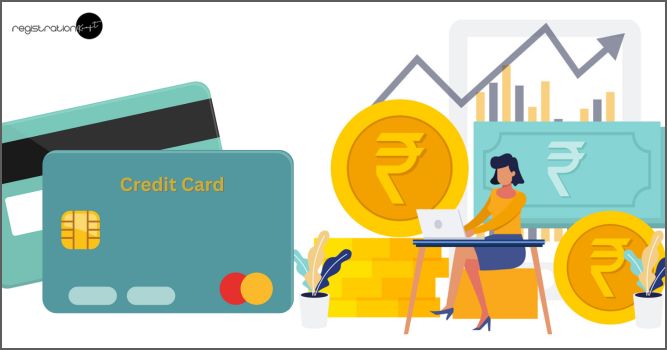Understanding Principal Outstanding Amount in Credit Cards

When you start using a credit card, you might come across many new terms in your statement — minimum amount due, interest charges, billing cycle, and one that often confuses beginners: Principal Outstanding Amount. Let’s break it down step by step.
What Does Principal Outstanding Amount Mean?
The Principal Outstanding Amount is the main amount you owe to the bank or credit card company, excluding any interest, late payment fees, or penalties.
In simple words, it’s the original borrowed amount that still remains unpaid.
Think of it as the “core” debt — the base on which interest is calculated if you don’t pay on time.
How Is Principal Outstanding Amount Different From the Total Amount Due?
Your Total Amount Due is usually:
Principal Outstanding Amount + Interest charges + Late fees (if any) + Taxes (like GST in India)
So, if you’re looking at your credit card bill and you see two numbers — the Total Amount Due will almost always be higher than the Principal Outstanding Amount if there are any extra charges.
Example for Better Clarity
Let’s say you spent ₹10,000 on your credit card this month.
If you pay your bill late, the bank may add:
- Interest charges: ₹500
- Late payment fee: ₹400
- GST: ₹162
In this case:
- Principal Outstanding Amount = ₹10,000
- Total Amount Due = ₹10,000 + ₹500 + ₹400 + ₹162 = ₹11,062
Why Should You Pay Attention to It?
- Interest is charged on the principal: If you leave any principal unpaid, the bank will keep charging interest until you clear it.
- Your credit score depends on it: High outstanding principal can increase your credit utilization ratio, which may negatively impact your credit score.
- Easier debt planning: Knowing the principal helps you understand the real debt without extra charges clouding the picture.
How to Manage Your Principal Outstanding Amount
- Pay in full each month to avoid interest.
- Track your spending to keep your principal low.
- Avoid cash advances because interest starts immediately on these transactions.
- Use EMIs wisely — converting big spends into EMIs makes the principal smaller each month, but be aware of processing fees.
Bottom Line:
The Principal Outstanding Amount is simply the core debt you owe without the extras. For healthy finances, try to keep it low and clear it before the due date — your future self will thank you.
FAQs
Q1. Can I convert the outstanding amount to monthly EMI?
Yes. Most banks allow you to convert your outstanding principal into monthly EMIs. You’ll need to contact your bank or apply via net banking or the credit card app. A processing fee and interest rate will apply.
Q2. Is it good to convert an outstanding amount to EMI?
It can be helpful if you can’t pay the full bill at once. EMIs break your payment into smaller, manageable amounts and usually have a lower interest rate than regular credit card interest. However, you’ll still pay extra in interest, so it’s best used only when necessary.
Q3. Does EMI impact CIBIL score?
Yes, but in a positive way — if you pay every EMI on time. Regular and timely payments improve your credit history. Missing EMIs, however, will hurt your CIBIL score.
Also Read: How To Pay Home Rent Via Credit Card
Categories: Finance
Tags:





